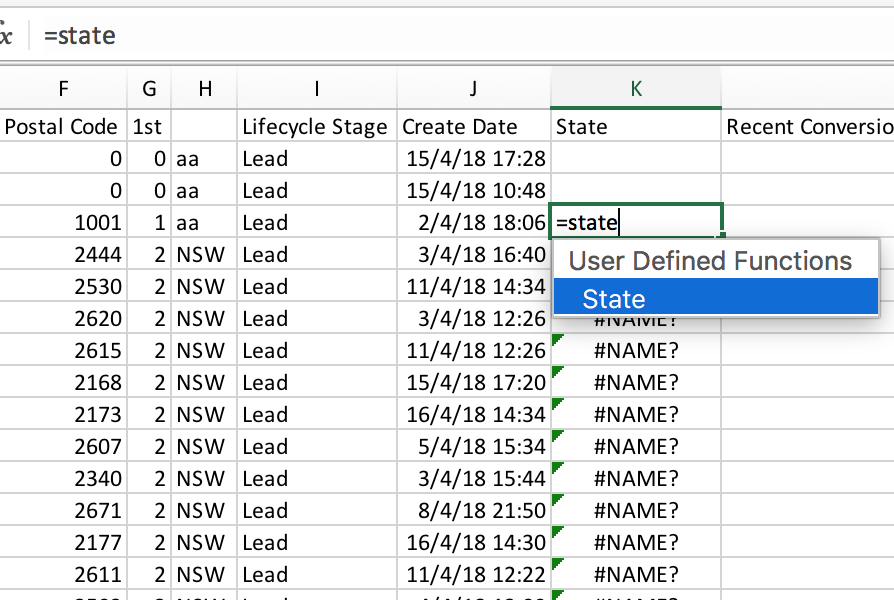hi all.
I'm wanting to create my own formula function, but not too sure where to begin..
basic; =WhichState(A1)
<tbody>
</tbody>
at the moment i'm using a =left, plus a vlookup and its a bit messy, and it gets used in a ton of my spreadsheets..
any tips for getting started?
TIA
I'm wanting to create my own formula function, but not too sure where to begin..
basic; =WhichState(A1)
| 3931 | VIC |
| 4000 | QLD |
| 6000 | WA |
| 2011 | NSW |
<tbody>
</tbody>
at the moment i'm using a =left, plus a vlookup and its a bit messy, and it gets used in a ton of my spreadsheets..
any tips for getting started?
TIA






